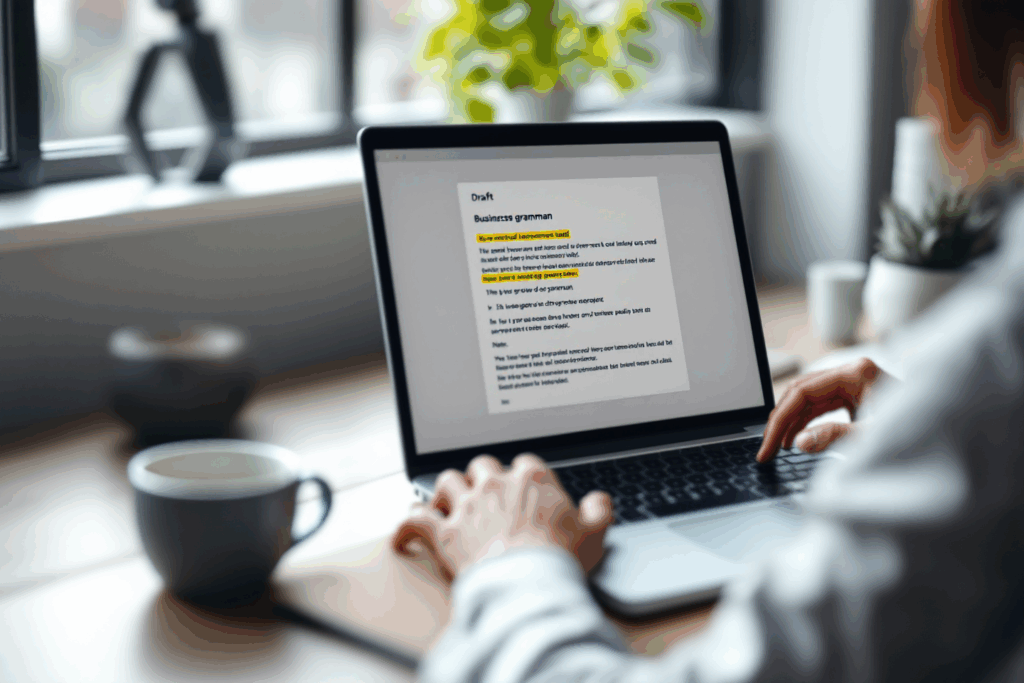
Present Simple Tense 1
English Blogs “Let’s Learn, Explore, and Connect to the World” Present Simple Tense 1 I. Introduction to the Present Simple Tense in English Mastering the


 The mastery of various tenses in English plays a crucial role in effectively communicating time-related concepts, and among these, the ‘be going to’ construction is particularly significant for expressing future intentions and plans. This form is instrumental in everyday conversation, offering a way to talk about future events with a sense of immediacy and certainty. Its usage transcends various forms of communication, from casual discussions to more formal planning and forecasting.
The mastery of various tenses in English plays a crucial role in effectively communicating time-related concepts, and among these, the ‘be going to’ construction is particularly significant for expressing future intentions and plans. This form is instrumental in everyday conversation, offering a way to talk about future events with a sense of immediacy and certainty. Its usage transcends various forms of communication, from casual discussions to more formal planning and forecasting.
 The ‘be going to’ construction is not just a grammatical form; it is a bridge that connects present intentions to future actions. Unlike other future forms, which might convey simple predictions or scheduled events, ‘be going to’ is intimately tied to the speaker’s present intentions or the visible evidence suggesting a future outcome. This tense is deeply rooted in the present moment, reflecting decisions that, while not yet realized, are firmly set in the speaker’s mind.
The ‘be going to’ construction is not just a grammatical form; it is a bridge that connects present intentions to future actions. Unlike other future forms, which might convey simple predictions or scheduled events, ‘be going to’ is intimately tied to the speaker’s present intentions or the visible evidence suggesting a future outcome. This tense is deeply rooted in the present moment, reflecting decisions that, while not yet realized, are firmly set in the speaker’s mind.
 One of the unique aspects of ‘be going to’ is its distinction from other future forms like the simple future tense using ‘will’. While ‘will’ might denote a future action in a broader sense, ‘be going to’ often implies a plan or decision that has already been made. For instance, ‘I will travel to Paris’ might simply suggest a future action, but ‘I am going to travel to Paris’ implies a plan already in motion, perhaps with tickets booked or itineraries planned.
One of the unique aspects of ‘be going to’ is its distinction from other future forms like the simple future tense using ‘will’. While ‘will’ might denote a future action in a broader sense, ‘be going to’ often implies a plan or decision that has already been made. For instance, ‘I will travel to Paris’ might simply suggest a future action, but ‘I am going to travel to Paris’ implies a plan already in motion, perhaps with tickets booked or itineraries planned.
 The ‘be going to’ form is ubiquitous in everyday English. It appears in conversations about weekend plans, discussions about career aspirations, and even when making predictions based on current observations. Its prevalence makes it a vital component of English proficiency, not just for its grammatical correctness but for its role in accurately conveying future intentions.
The ‘be going to’ form is ubiquitous in everyday English. It appears in conversations about weekend plans, discussions about career aspirations, and even when making predictions based on current observations. Its prevalence makes it a vital component of English proficiency, not just for its grammatical correctness but for its role in accurately conveying future intentions.
 For learners of English, particularly for those whose native languages may not differentiate between future tenses as distinctly, mastering the ‘be going to’ construction is a significant milestone. It represents not just an understanding of English grammar but an ability to convey subtleties of intention and planning – a marker of fluency and comfort with the language.
For learners of English, particularly for those whose native languages may not differentiate between future tenses as distinctly, mastering the ‘be going to’ construction is a significant milestone. It represents not just an understanding of English grammar but an ability to convey subtleties of intention and planning – a marker of fluency and comfort with the language.
 The ‘be going to’ future tense is more than a grammatical rule; it is a key to effective communication about the future. It reflects a blend of present intentions and future actions, providing clarity and specificity in discussing what lies ahead. As we delve deeper into understanding, using, and mastering this essential tense, we’ll explore its formation, uses, and nuances, ensuring a comprehensive grasp of this vital aspect of English communication.
The ‘be going to’ future tense is more than a grammatical rule; it is a key to effective communication about the future. It reflects a blend of present intentions and future actions, providing clarity and specificity in discussing what lies ahead. As we delve deeper into understanding, using, and mastering this essential tense, we’ll explore its formation, uses, and nuances, ensuring a comprehensive grasp of this vital aspect of English communication.

English Blogs “Let’s Learn, Explore, and Connect to the World” Present Simple Tense 1 I. Introduction to the Present Simple Tense in English Mastering the

English Blogs “Let’s Learn, Explore, and Connect to the World” Present Simple Tense 2 II. Understanding the Present Simple Tense Definition and Structure At its
Discover the joy of conversation with “Comic Collections: A Compilation of Daily Professional and Casual Conversations,” a whimsically illustrated comic book that transforms talking into an adventure. Ideal for those eager to polish their chatting skills, this light-hearted guide is a trove of insights presented in a uniquely entertaining format.



